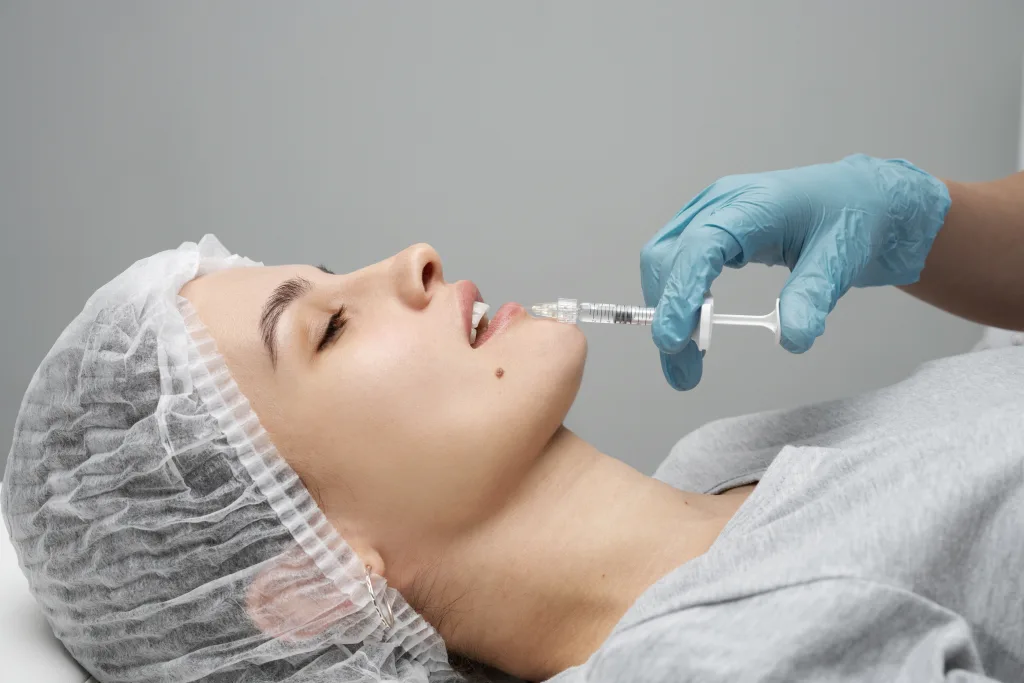
14 Oct How Often Should I Get Botox Injections?
Botox works by temporarily blocking nerve signals to facial muscles, which reduces the contractions that cause wrinkles and fine lines. The effects generally last between three and six months, though individual factors such as muscle strength, metabolism, and injection technique can influence duration. Some patients notice results fading after two months, while others maintain effects closer to six months. Here are a few factors that affect the question of how often you should get Botox injections:
First-Time Treatment
New patients often have more frequent initial sessions, which establish a baseline for muscle response and provide a reference for future appointments. These early visits also allow providers to observe how muscles react and how the treatment integrates with other facial movements. Follow-up visits provide additional opportunities to adjust timing, technique, and dosage to support consistent outcomes over time.
After several sessions, patients may develop a consistent schedule, with some appointments occurring every 12 weeks. Others have longer intervals, such as 16 weeks, depending on individual patterns, lifestyle factors, and response variations. This approach helps maintain continuity and allows providers to track changes, ensuring the treatment aligns with patient goals and needs.
Treatment Factors
The frequency of Botox treatments depends on several factors. Muscle activity influences how quickly results diminish, and dosage levels can extend the interval between sessions. Age, the specific treatment area, lifestyle habits, and metabolism speed also affect how long the effects last.
- Muscle Activity: Active facial expressions increase treatment frequency
- Age: Younger patients may need fewer frequent sessions
- Dosage: Higher doses can extend the time between treatments
- Treatment Area: Forehead lines may fade faster than crow’s feet
- Lifestyle: Sun exposure and smoking may reduce longevity
- Metabolism: Faster metabolisms process Botox more quickly
Optimizing Timing
Regular maintenance can help slow the development of deeper lines by keeping facial muscles relaxed, while tracking results between appointments provides insight into when movement begins returning to treated areas. By scheduling follow-up sessions before full muscle function returns, patients may maintain smoother results over a longer period. This approach allows adjustments based on individual responses and evolving needs.
Some patients explore “baby Botox” techniques, in which lower doses are administered more frequently to create subtle, natural-looking effects. Often preferred by younger patients or those new to treatment, this method allows gradual adaptation to muscle relaxation. Providers can modify dosage and timing to match each patient’s goals and aesthetic preferences.
Retreatment Indicators
Botox effects may gradually diminish over time, and certain signs can suggest that another treatment is needed.
- Return of muscle movement in treated areas
- Reappearance of dynamic wrinkles
- Facial expressions feel less restricted
- Lines become visible during muscle contraction
Scheduling retreatment before all effects disappear can help maintain more consistent results.
Start Your Botox Journey Today
Botox frequency depends on how your muscles respond to treatment, and collaborating with your provider helps set an effective schedule. Maintaining regular sessions can support more consistent results over time. As your response changes, your provider may adjust timing or dosage to match your needs. Schedule a consultation to develop a personalized Botox plan designed for your goals.

No Comments